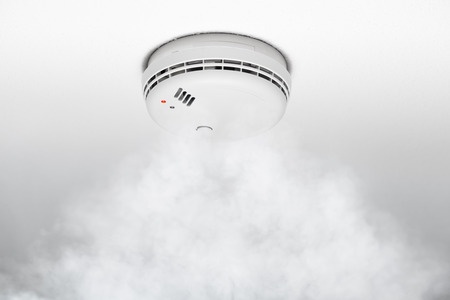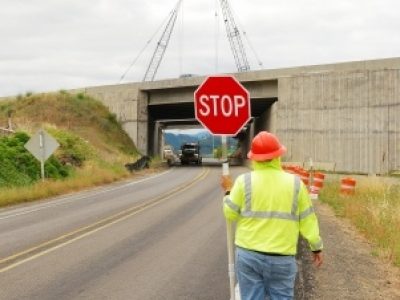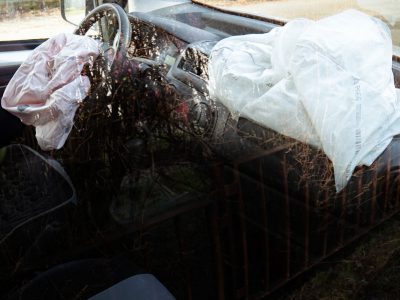

Smoke Alarms Save Lives! How to Install a Smoke Alarm Properly
When properly installed and maintained, smoke alarms save lives by alerting residents of smoke and fire thereby reducing fire deaths and injuries. In fact, having a working smoke alarm cuts the chances of dying in a reported fire in half. Almost two-thirds of home fire deaths resulted from fires in homes with no smoke alarms or no working smoke alarms.
How do I install a smoke alarm correctly?
For many years NFPA 72, the National Fire Alarm and Signaling Code, has required that at minimum a smoke alarm be installed inside every bedroom, plus outside each sleeping area and on every level of the home including the basement. Homes with particularly large square footage should consider having at least two alarms on each level.
- In a Consumer Product Safety Commission (CPSC) survey of households that have experienced fires it was found that when smoke alarms were not on all floors, they sounded in only four percent of the fires and only succeeded in alerting occupants in two percent of the fires.
- On floor levels without bedrooms, an alarm should be installed in the living room, den, or family room or near the staircase to the next floor. If it is a large house, install in both those locations.
- If you have a basement, install the smoke alarm on the ceiling at the bottom of the stairs leading to the next level.
- Install smoke alarms at least 10 feet (three meters) from cooking appliances to minimize false alarms when cooking.
- Since smoke rises, mount smoke alarms high on walls or ceilings. Wall-mounted alarms should not be installed more than 12 inches away from the ceiling -to the top of the alarm.
- If you have pitched ceilings, install the alarm within three feet of the peak (about four inches from the peak is best).
- Never install smoke alarms near windows, doors, or ducts where a draft could interfere with their operation.
- Never paint or decorate smoke alarms at it could interfere with their effectiveness.
- For the best protection against fire and smoke, purchase alarms from the same manufacturer and interconnect them all in your home. This means that when one smoke alarm sounds, they all sound. Interconnection can be achieved through hard-wiring or wireless technology.
- A Consumer Product Safety Commission (CPSC) survey of households that have experienced fires, including fires in which the fire department was not called, found that interconnected smoke alarms were more likely to operate and alert occupants to a fire.
- In households where smoke alarms were installed on all floors but were not necessarily interconnected, the alarms sounded in 37 percent of the fires and alerted occupants in 15 percent of those fires.
- In homes that had interconnected smoke alarms on all floors, the alarms sounded in 53 percent of the fires and alerted people in 26 percent of the fires.
- There are two types of smoke alarms: ionization and photoelectric. An ionization smoke alarm is generally more responsive to flaming fires, and a photoelectric smoke alarm is generally more responsive to smoldering fires. Clearly, one does not know which type of fire may erupt in their home so for the best protection, both types of alarms or combination ionization-photoelectric alarms, also known as dual sensor smoke alarms, are recommended.
- Keep manufacturer’s instructions for reference.
Note: Many older homes may have been built without the current recommendation for alarm placements so you may need to take the initiative to purchase and install more alarms. When putting an older house for sale you may find that the house inspection comes with a requirement to meet the current code. Note that many newer homes have been built with less natural finishings and therefore, fires can actually spread more quickly which makes the importance of following the minimum smoke alarm installations that much more important.
Seek the help of a personal injury attorney
If you or a loved one was injured because of the negligence of another, contact a personal injury lawyer to discuss your legal rights. Let an experienced accident attorney fight for the full compensation that you deserve. It is not uncommon to receive a settlement from the insurance company that is five to ten times larger with the help of a lawyer. Call the personal injury lawyers at Tario & Associates, P.S. in Bellingham, WA today for a FREE consultation! We have been representing residents of Whatcom County, Skagit County, Island County and Snohomish County since 1979. You will pay nothing up front and no attorney fees at all unless we recover damages for you!




